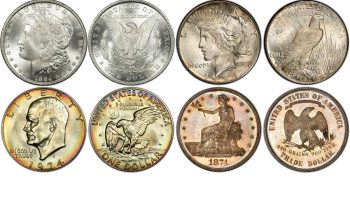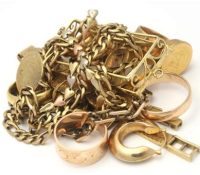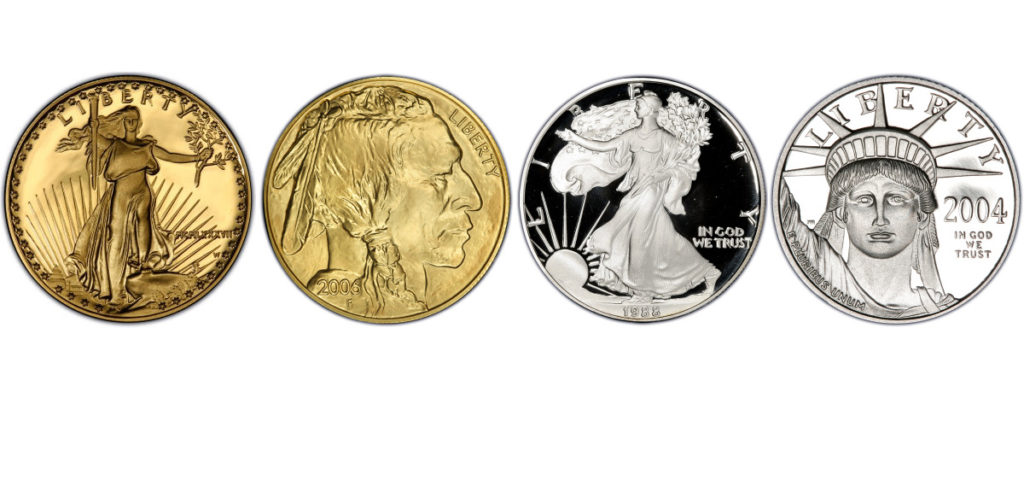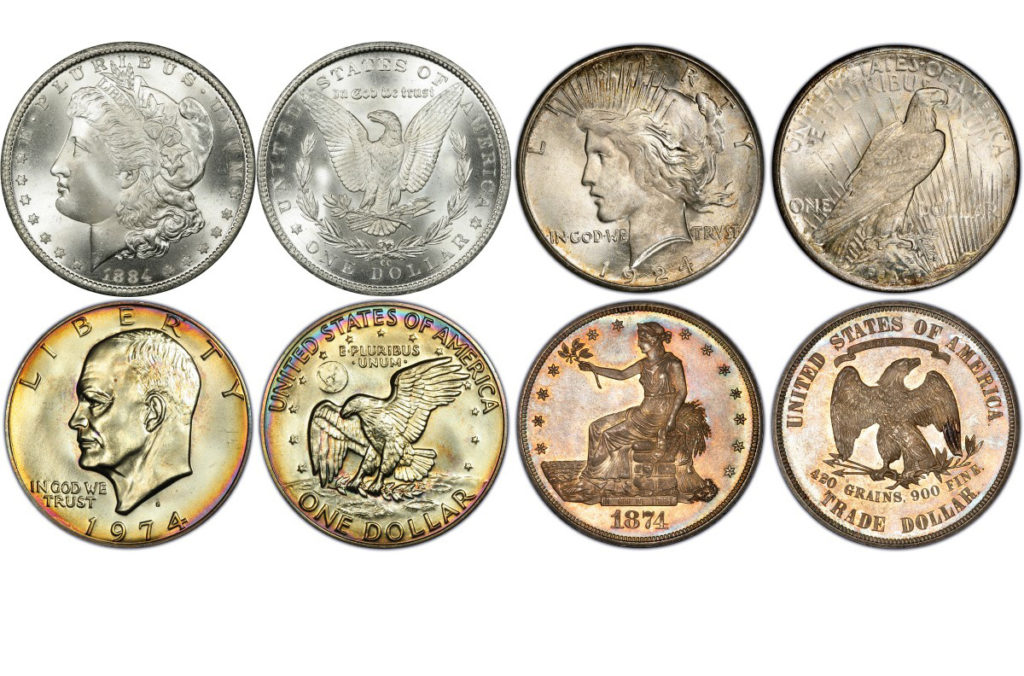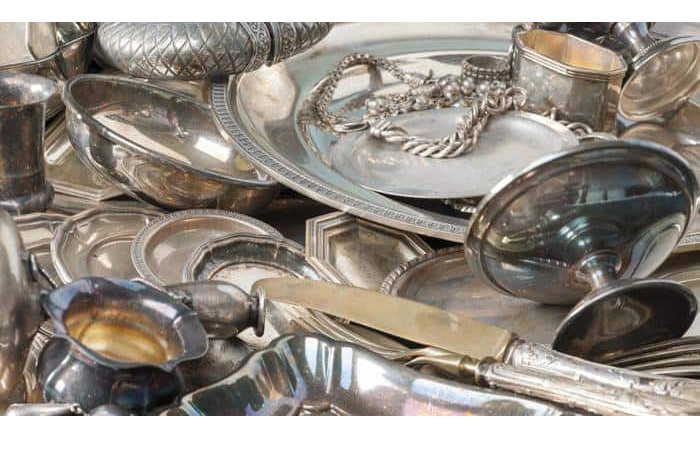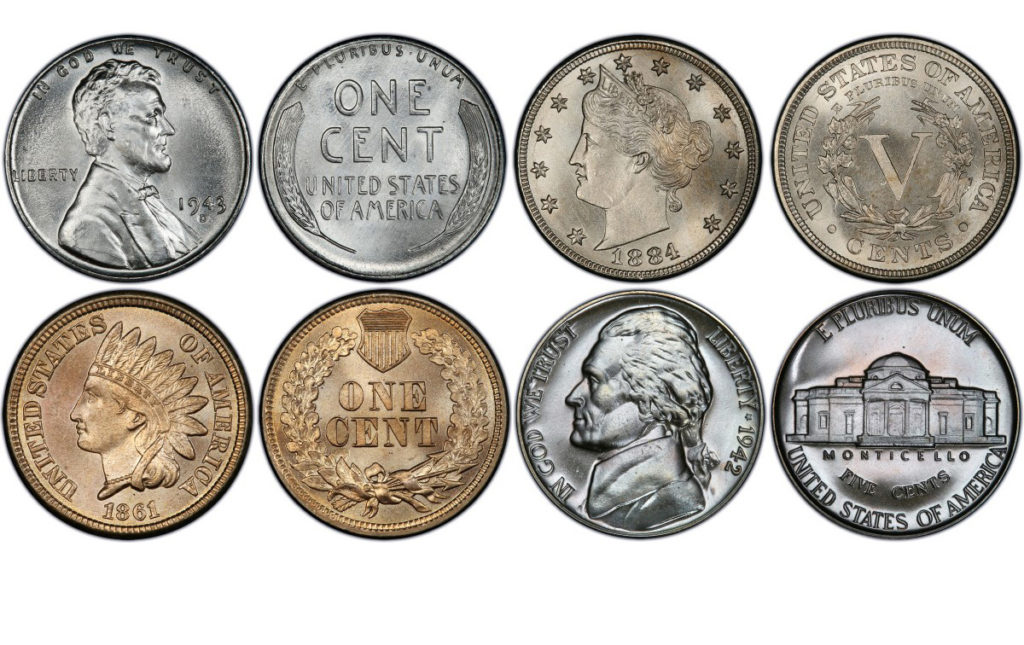U.S. Silver Dollars
The United States issued 90% silver dollar coins for circulation until 1935. These dollar coins in circulated condition generally do not fall into the category of “junk silver” like most circulated 90% silver half dollar, quarter and dime coins. Silver dollar coins are highly sought after by collectors and therefore command a collector premium over the spot price of silver.
Pre-1878 Dollars
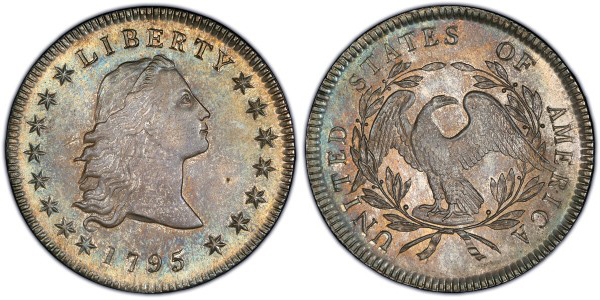


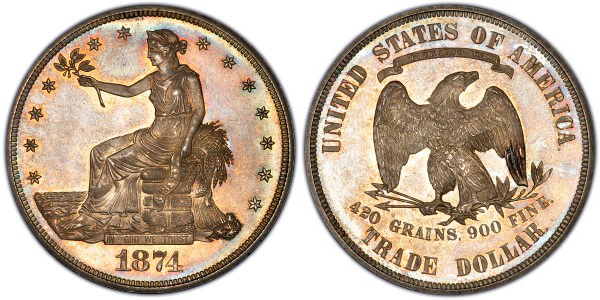
Dollar coins produced by the Unites States prior to 1878 include Flowing Hair (1794-1795), Draped Bust (1795-1804), Liberty Seated (1840-1873) and Trade Dollars (1873-1885). These dollar coins are generally rare and are considered numismatic, or collector-grade coins because of their often-significant value.
Morgan Dollars
(Years of issue: 1878-1921)
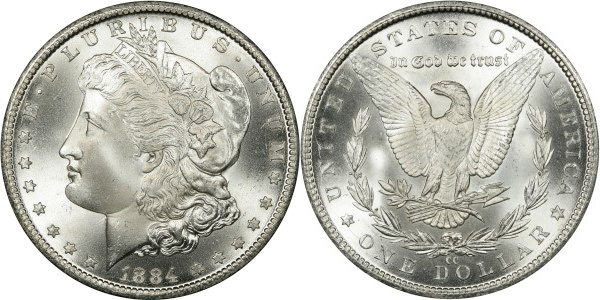
Named for the designer of the coin, George T. Morgan, these dollars were minted for circulation from 1878-1904, and again in 1921. Morgan dollars are said to be the most popularly collected coin in the world. They were produced by the United States Mint in Philadelphia, New Orleans, Carson City and San Francisco (and in Denver in 1921). Although most of the years and mints from which they were produced are fairly common, several like the 1893-S, 1885-CC and 1889-CC are quite rare and are considerably valuable to collectors.
Peace Dollars
(Years of issue: 1921-1935)
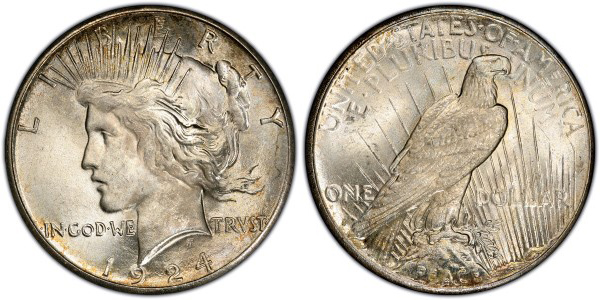
Beginning in 1921, the final year Morgan Dollars were also produced for circulation, the Peace dollar was introduced to replace Morgan’s design. The new design was adopted to commemorate the end of World War I. These dollars were produced by the Unites States Mint in Philadelphia, Denver and San Francisco until 1935. Peace dollars generally have less collector value than Morgan dollars with most circulated examples not having significant collector value. Peace dollars from 1921 in any condition plus higher grade coins produced after 1926 generally do have additional collector value.
Eisenhower Dollars
(Years of issue: 1971-1978)
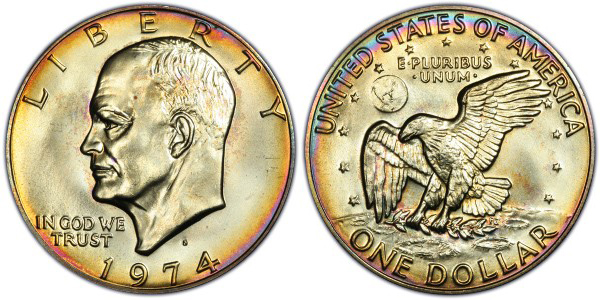
The Eisenhower (or “Ike”) dollar was introduced in 1971 to honor President Dwight D. Eisenhower who had died the previous year. Like the Peace and Morgan dollar that proceeded it, this coin is the last of the large format dollar coins issued for circulation in the United States. But unlike proceeding dollar coins, examples issued for circulation have no silver content and are instead made from copper and nickel. Eisenhower dollars are often mistakenly referred to as “silver dollars” by the public because of their similarity to actual silver dollars, even though they contain no silver. Adding to the confusion, the United States Mint issued collector versions of these coins not intended for general circulation from 1971-1976 composed of 40% silver (no silver versions were issued for the coin’s final two years of production in 1977 and 1978). The silver versions of these coins are most often found in their original United States Mint packaging. If you are unsure if an Ike dollar is silver or not, look at the edge of the coin: non-silver coins will have a strip of copper visible on about half of the edge, while 40% silver Ike dollars have a solid silver-colored edge with no strip of copper.

